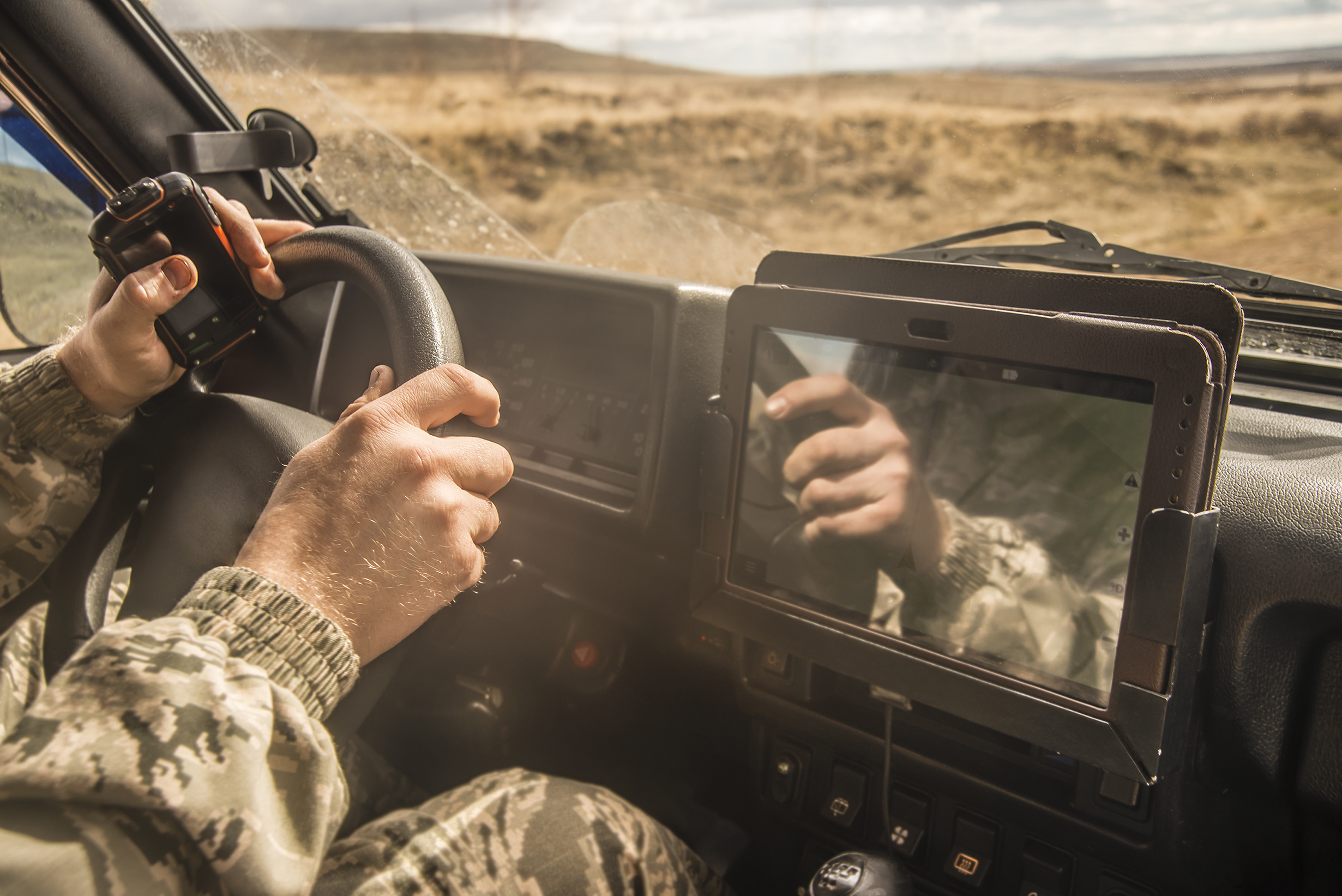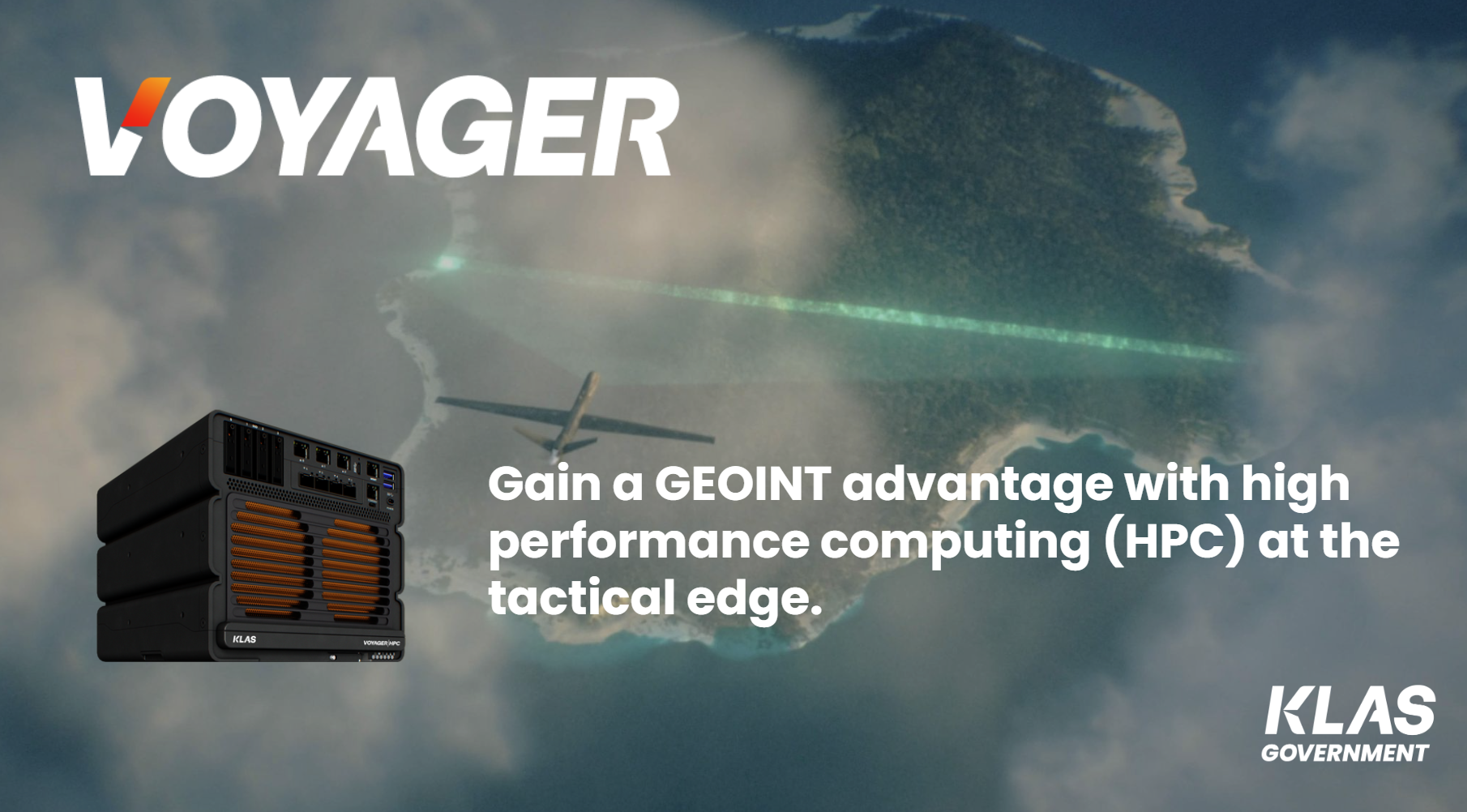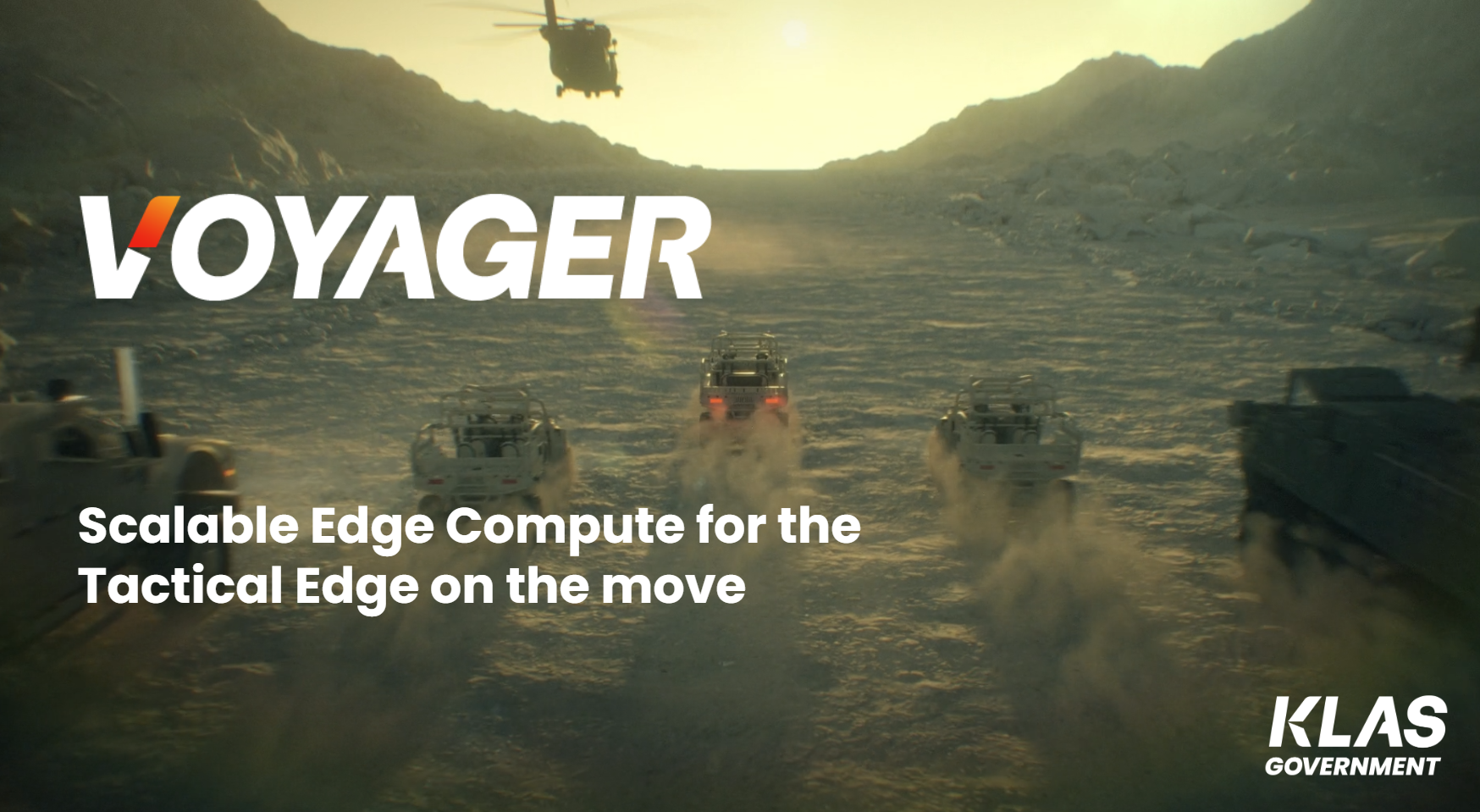How Klas Is Solving The ‘Disconnected Data’ Battlefield Challenge
DoD decision makers are acutely aware of the battlefield data challenge. And when discussing the most pressing pain points, the clear message is that modern-day commanders and Soldiers do not suffer from an information vacuum. The data is there, all around them, so much of it that the sheer volume slows rather than speeds up decision-making, strategy and execution.
Data access and sharing at the tactical edge is core to Programs and Concepts such as Joint All Domain Command and Control (JADC2), which positions data and IoT as core to future warfighting. And while the challenge is clear, DoD leaders are understandably evaluating different paths to maximizing the full potential of data at the tactical edge.
Process, people and technologies all play role with battlefield data
Earlier this summer, a C4ISRNet article highlighted efforts to link back to enterprise networks that, historically, deliver more processing power and storage than edge devices. The article noted comments at a Defense News Pathfinders event by Brig. Gen. Lorna Mahlock, CIO of the United States Marines Corps and director of information, command, control, communications and computers.
Mahlock discussed an “inextricable link” between the enterprise network and the tactical edge, adding: “What’s different for the Marine Corps as we build our networks is we have to be able to have the power of the enterprise at the edge because as you’re inside the weapons engagement zone, we need the compute, the store, the analytics to be just like your iPhone.”
Delivering data to the tactical edge is just part of the battle; DoD is also looking for ways to address the tools and people pieces of the equation. There exists a lack of tools to parse all of this data at the edges of the battlefield, sort it, aggregate it and get it in the hands of commanders without having to wait as it cycles through command IT systems and data centers. There is also the human element; which is why you see efforts such as the Artificial Intelligence and Data Accelerator initiative (AIDA), also part of JADC2, which seeks to embed teams of data experts with combatant commands.
Unlocking battlefield data delivers asymmetric advantages
The result of all this? “Disconnected data” battlefields that often fall victim to a laborious flow of information between operation commanders and the Defense Department’s upper echelons. In a May 27th guest article for NextGov, Col. (retired) Wade Johnston, Klas Government’s director of innovation, shared how extending the tactical cloud to the edge addresses the disconnected data challenge by unlocking several asymmetric advantages:
- Real-time Data Analysis. Extending the analytical power of the cloud to the tactical edge allows for real-time data analysis, whether it is at the command post at-rest, mounted on military vehicles in-motion or on the soldiers themselves.
- Synthetic Virtualized Training Environments. Extracting applications from command data centers to the tactical edge can power highly realistic, synthetic virtualized training environments to improve soldier readiness and mission success.
- Predictive Analytics with Sensor Data. Tactical cloud capabilities translate to sensor data that can be processed and synthesized at the edge for real-time situational awareness – rather than waiting for analysis to take place at the command center and then be pushed back to decision-makers.
- Transition to Dynamic Warfighting. Without cloud capabilities at the tactical edge, warfighters and leaders are restricted in how they can use data to quickly adapt to evolving training and battlefield conditions. Operating dynamically rather than in static environments can revolutionize soldier training.
Klas’ modular Voyager systems meet disconnected data challenge
Klas Government makes the world’s most powerful and reliable technology for the network edge, which includes Voyager, a modular and scalable range of network, compute and radio systems designed with a common form factor which allows users to repurpose existing Voyager modules and chassis with the ability to easily incorporate new capabilities as the mission dictates.
Klas recently unveiled Voyager 6, a breakthrough versatile chassis enabling DoD to seamlessly integrate C5ISR tactical communications systems into military ground vehicles without requiring modifications to the vehicle. Voyager 6 also meets Standardized A-Kit / Vehicle Envelope (SAVE) specifications, creating a significant reduction in time and costs required to integrate the solution into existing and future military vehicles that support the SINCGARS MT-6352 mounting tray.
Key Voyager 6 Components can include but are not limited to:
- Voyager Tactical Cloud Platform (TCP), which brings the immense analytical power of the cloud to soldiers and battlefield vehicles operating in tactical edge environments – and at a small form factor not previously possible.
- VoyagerGPU, which utilizes NVIDIA GPU technology for AI/ML and video processing at the edge of the network.
- VoyagerSW26G, which leverages the ruggedized, embeddable Cisco ESS 3300 to connect PCs and VoIP phones to your network at 1Gbps providing a ten-fold increase in performance.
- VoyagerVM 3.0, which is based around Intel’s Xeon D architecture and is designed to provide the maximum performance, allowing applications built for the datacenter to migrate to the edge of the network. It is the only compute platform that works in the desert heat (50ºc).
- TRX R2, which combines connectivity and local compute so users on the move have cloud connectivity when they need it, but local processing power for analytics when there is no backhaul.
If you are interested in learning more about how Klas Government and its connected battlefield solutions can solve your disconnected data challenge at the tactical edge, visit www.klasgov.com or contact us at sales@klasgov.com for more information.



